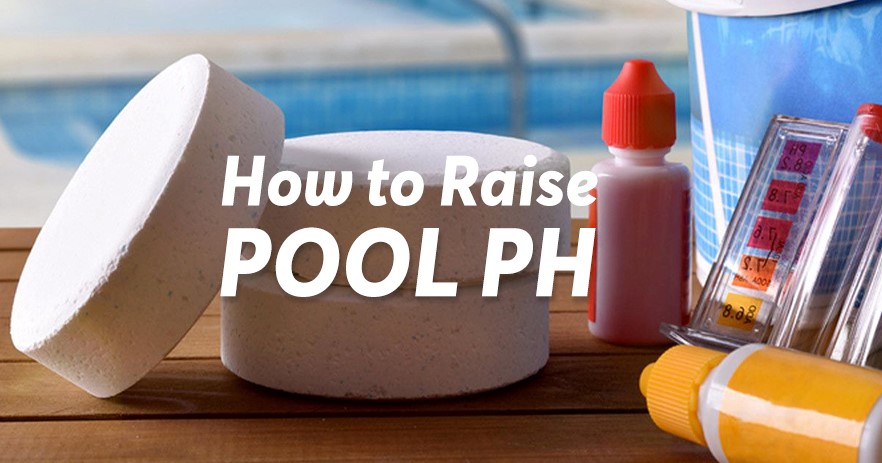
How to Raise Pool pH: A Complete Guide
Maintaining the proper pH balance in your pool is crucial to keeping the water clean, clear, and safe for swimming. If you find that the pH level in your pool is too low, be sure to take steps to raise it to the appropriate range. Here are some simple steps to help you raise your pool's pH:
1. Test the water quality: Before making any adjustments, the pH of your pool water must be tested using a reliable test kit. The ideal pH range for swimming pool water is 7.2 to 7.8. If the pH is below 7.2, the pH needs to be raised.
2. Add a pH Raiser: One of the most common ways to raise the pH of your swimming pool is to use a pH raiser, also known as a pH booster. This product is usually available at pool supply stores and can be added directly to the water according to the manufacturer's instructions.
3. Circulating water: After adding a pH increaser, it is important to use a pump and filtration system to circulate the pool water. This will help distribute the pH increaser evenly throughout the pool, ensuring an even rise in pH.
4. Retest the water: After letting the pH increaser circulate for a few hours, retest the water to check the pH. If it's still below the ideal range, you may need to add more pH enhancer and continue circulating the water until the desired pH is reached.
5. Monitoring and Maintenance: Once you have successfully raised the pH in your pool, it is important to regularly monitor the pH and make necessary adjustments to maintain the proper balance. Factors such as rainfall, temperature and pool usage can all affect pH, so vigilance is key to keeping your pool water in top condition.

Remember to always follow the manufacturer's instructions when using pool chemicals and consult a professional if you're not sure whether you need to adjust the pH yourself. With proper maintenance, you can keep your pool water balanced and ready for endless summer fun.
Post time: Apr-30-2024
